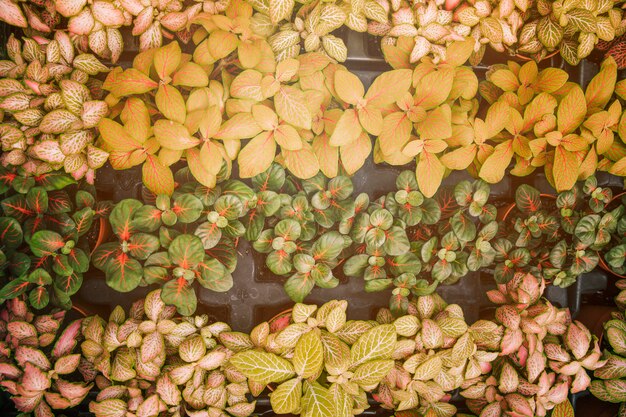
Sponsored article
In the ever-evolving field of architectural visualization, the demand for hyper-realistic imagery continues to grow. A key element in creating these lifelike scenes is the use of realistic plant models, which can significantly enhance the visual impact and accuracy of a design. By skillfully incorporating detailed vegetation, designers can achieve a higher level of realism that captivates and convinces stakeholders. This article explores how choosing the right plant models and integrating them effectively can transform your architectural projects.
Choosing the right plant models for your project is a crucial step in enhancing architectural visualizations with a lifelike touch. When selecting appropriate plants, it’s important to consider several factors that align with your specific project requirements. Start by evaluating the climate realism of your scene—ensure that the 3D plant models you choose accurately reflect the geographical and climatic conditions of the project’s location for an authentic appearance. This not only adds a layer of realistic detail but also ensures that the selected plants look natural and fitting within the visual environment you’re creating.
Additionally, consider the architectural style compatibility of the 3D greenery models for architecture. Whether it’s a modern rooftop garden or a classic courtyard, the plant selection should enhance and not clash with the building’s design. Take into account the project scale as well; using appropriately sized plant models maintains proportion and coherence in your visualizations. Explore high-quality 3D greenery models for architecture to find a wide variety of vegetation that caters to different styles and scales, ensuring your projects achieve the desired aesthetic and functional goals.
Integrating plant models in 3D software involves a meticulous blend of artistry and technical precision, ensuring that the flora enhances architectural visualizations without overwhelming system resources. One of the key plant model techniques is the use of low-poly models with high-resolution textures, which optimizes performance while maintaining visual fidelity. Additionally, adopting Level of Detail (LOD) management allows the software to dynamically adjust the complexity of plant models based on the viewer’s distance, further improving rendering efficiency. To achieve seamless 3D software integration, it’s imperative to ensure that the models are compatible with the 3D application, whether it’s through native assets or using standardized file formats such as FBX or OBJ.
Staying updated with software compatibility is crucial, as various 3D visualization programs may support different features and plugins that enhance the realism of plant models. Leveraging the capabilities of game engines like Unreal Engine or Unity, which often include advanced shaders and rendering options, can significantly elevate the lifelike quality of plant integration. Optimizing materials and lighting within the 3D scene is another vital aspect, as this impressively impacts how believable and natural the plants appear. By carefully choosing and technically optimizing plant models for 3D software integration, architects and designers can create compelling, realistic visuals that captivate and convey their design intentions effectively.
Lighting techniques play a critical role in enhancing realism when incorporating plant models within architectural visualizations. By simulating natural light behavior, artists can achieve a more lifelike representation of greenery, as shadows and highlights define the structure of the foliage, reflecting its natural complexity. Techniques such as global illumination and high-dynamic-range imaging (HDRI) are essential to blend plant models seamlessly into their environments, providing subtle nuances in light and shadow interplay that add depth and bring the scene to life. By experimenting with different light sources and their positions, one can emphasize unique details in plant models, enhancing the visual narrative of an architectural render.
Equally important is texture mapping, which is pivotal for achieving realistic visualization of plant models. Applying high-resolution textures that mimic the intricacies of leaves, bark, and petals is essential to capture their authentic appearance. Tools like displacement and normal mapping bring out these details by creating the perception of depth and texture variations in lighting, adding an extra layer of realism. By skillfully combining lighting techniques and texture mapping, artists can elevate their architectural renders to new heights, delivering visuals that feel both tangible and immersive to the viewer.